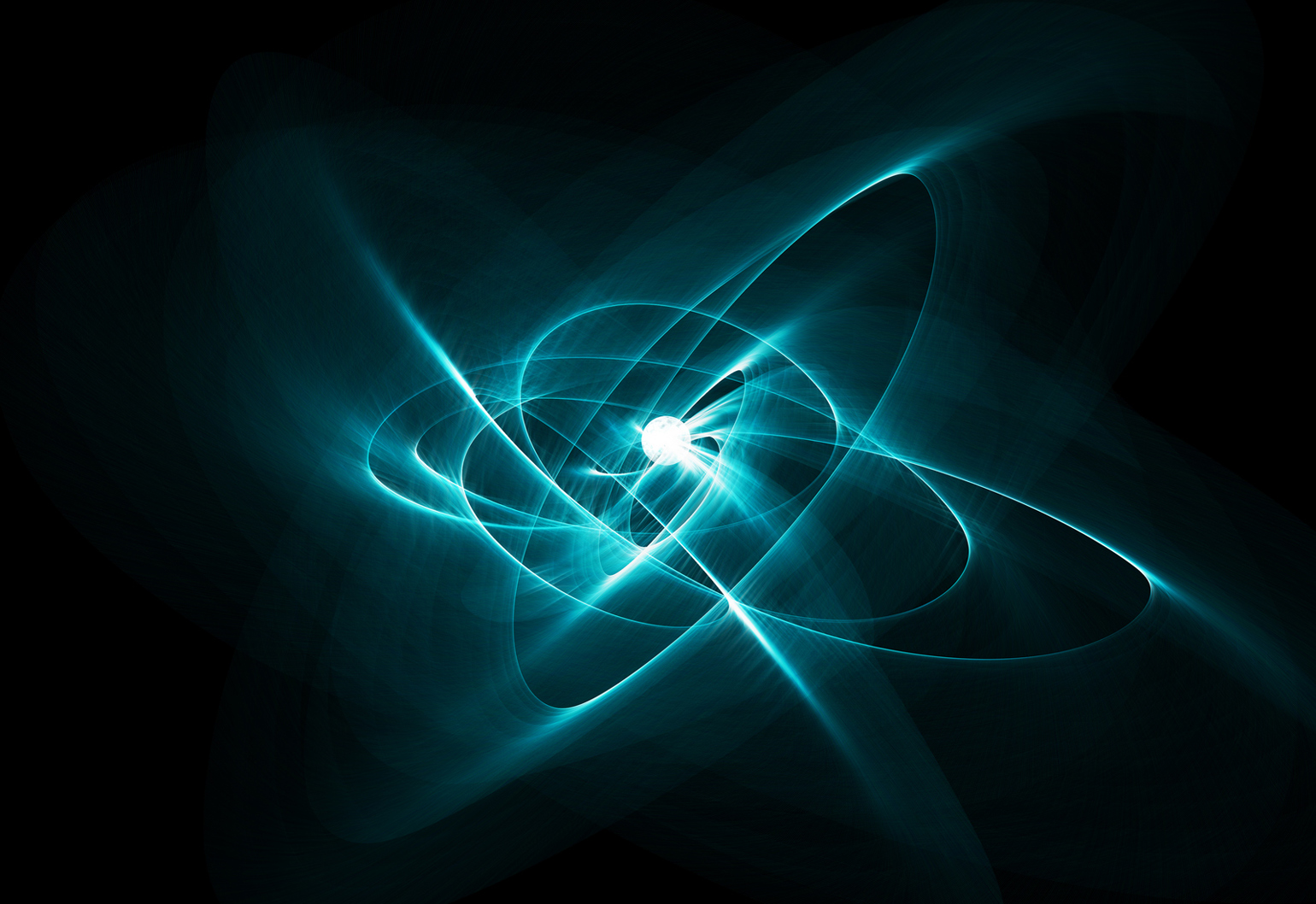In a corner of 1860’s Sweden, Anders Jonas Ångström studied the composition of the Sun and the aurora borealis, using a technique he pioneered called spectroscopy. By comparing the wavelength of light emitted by them with the wavelength of light emitted by an individual elements’ atom after absorbing energy, known as spectral lines, he was able to show to the scientific world that the Sun primarily contained Hydrogen. But, the scientific world isn’t very satisfied with just one discovery.

In Switzerland, physicist Eduard Hagenbach-Bischoff looked at the spectral lines of hydrogen used by Ångström and immediately got hooked to it. He wondered if there was any way to predict these wavelengths. He worked day and night on this problem but alas! Failed to come to a conclusion. Hagenbach took this problem to a friend who taught mathematics at school for girls, Johann Jakob Balmer. Hagenbach just gave the numbers to Balmer without any context and asked him to identify the pattern in them. Such a gifted mathematician was Balmer, that he figured out the pattern and gave Hagenbach the empirical formula that describes the spectral lines. This would be known as the Balmer Series.
Scientists still hungered for the explanation of why these formulas existed and worked, and it does seem their prayers might have been answered. Today, in July 1913, Niels Bohr published a paper on the theoretical structure of the hydrogen atom. This theory is the next in line after dozens of attempts at explaining the atomic model although, Bohr’s attempt is successful in explaining the existence of the Balmer Series but, it does come with a catch.
Imagine running around a field. You first try to run at a causal pace, which you think would be around 1 meter per second. You wish to go faster, but can’t. There is something stopping you from going faster, so you try harder and suddenly your speed increases to about 2 meters per second. You again try to go faster, but feel capped at 2 meters per second, when once again you suddenly jump to 3 meters per second. Now picture an electron and not yourself. This capping of the angular momentum of the electron at certain levels is known as quantization of angular momentum.
Niels Bohr refers to a proposition in his paper, made by John William Nicholson last year in 1912, who breaks the rules of classical physics and quantizes angular momentum! A proposition whose implications seem absurd. Electrons can only have a certain amount of angular momentum? Nothing between those values and nothing other than them. Such a proposition seems ridiculous at first. Why doesn’t the moon exhibit this? Why don’t the wheels of the Ford Model T exhibit this? You can ride the Model T at any speed you wish, giving the wheels of the Model T any arbitrary angular momentum. So then why did Nicholson quantize angular momentum?
You see, Nicholson wasn’t a particle physicist, but rather spent his time performing spectroscopy of nebulae, the places where stars are formed. While analyzing the astronomical observation made by William Huggins, he noticed spectral lines of unknown elements. This led Nicholson to believe that all elements are formed from four protoelements Coronium, Hydrogen, Nebulium, and Protofluorine, and the spectral lines of the unknown elements were in fact of these protoelements. After deeply studying Nebulium, he realized that he would need one thing to complete his theory on Nebulium; the radius of the Nebulium atom but, this would only come through experimental observations, which was impossible. So, Nicholson filled this gap by using Plank’s constant, which did indeed match experimental observations but, this also led to the manifestation of the angular momentum being associated with integral multiples of Planck’s constant i.e. its quantization.
Neils Bohr came across the Balmer Series and Nicholson’s quantisation of angular momentum and he realized the connection between the two which leads us to today, July 1913, Bohr’s publication of the atomic model. Quantization may seem today as scientific fantasy, but tomorrow when more intuitive theories and explanations exist for a phenomena like quantization of angular momentum, it will step down from scientific fantasy to small talk between science enthusiasts!
Notes from a time traveler:
- The protoelement theory was successfully able to predict the spectral lines in solar corona and nebulae but the protoelements theorized by Nicholson would later be disproved. Ira Sprague Bowen in 1927, showed the spectral lines of nebulium to be of a doubly ionized oxygen. Walter Grotrian and Bengt Edlén showed in the 1930’s that spectral lines of Coronium were actually of highly ionized iron. Despite the basis of Nicholson’s work being incorrect, his contribution to science cannot be neglected.
- A modern explanation for the quantization of angular momentum came up in 1924, when Louis De Broglie, came up with the theory of wave particle duality for matter.
Bibliography
McCormmach, R. The atomic theory of John William Nicholson. Arch. Hist. Exact Sci. 3, 160–184 (1966). https://doi.org/10.1007/BF00357268


